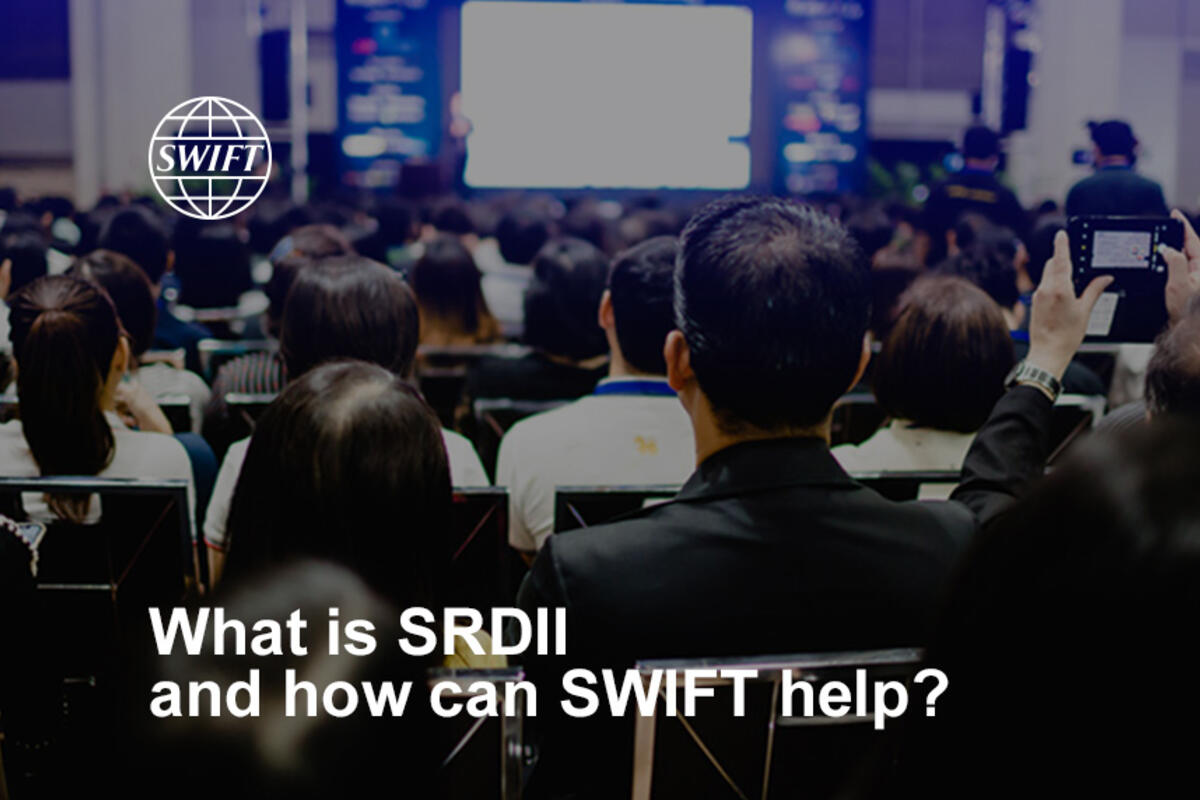SRD was introduced in 2007 to improve shareholder engagement and transparency, specifically in relation to the exercising of shareholder rights. Updates to SRD were initially proposed by the European Commission (EC) in 2014 and came into effect by mid-2017 adding requirements related to the identity of shareholders, transmission of information, remuneration of directors and increase of transparency for investors, asset managers and advisors. Entities have until September 2020 to come to grips with the requirements of SRD II.
Capital Markets Union
SRD II is a part of the Capital Markets Union (CMU), an initiative championed by the EC to regulate the financing of European infrastructure and further develop the capital markets across the 27 EU member states. SRD II strengthens the CMU’s mandate by fostering an increase in shareholder activity and clear and transparent communication between companies and their respective shareholders in regulated markets across the EU. SRD II is applicable to the EEA countries, meaning it applies to the 27 EU countries and Iceland, Liechtenstein, and Norway. Under SRD II, increased transparency refers to the identification of shareholding entities. This in turn leads to higher quality dialogue between shareholders and issuers. While SRD II promotes responsible behaviour by companies due to greater shareholder involvement, putting it into practise will have its pitfalls specifically when considering the implication on client data privacy.

Another consideration is the manner in which local regulators interpret SRD II. Tailoring the regulation on a national level would prove complex and costly, specifically for firms operating across markets. Given the intricacies of the catalogue of regulations involved with adhering to SRD II, meeting deadlines imposed ought to be a priority to entities. This is especially true for the aforementioned September 2020 deadline for the implementation of shareholder identification, transmission of information and voting. By keeping up with deadlines, entities will avoid becoming overwhelmed by this multi-tiered regulation.
Here are some of the highlights of the new amendment:
1. Know your shareholder
SRD II dictates shareholder information be stored for at least 12 months after a shareholder ceases to be one. Fields required include the shareholder’s full name, address, email address, legal entity identifier (LEI), volume of shares, ownership start date and share category.
The purpose of this activity is to foster engagement between companies and their investors and to ensure all parties are communicating transparently.


2. Transparency for proxy advisors
SRD II requires proxy advisors take on new obligations with regards to transparency. In addition to disclosing details about their procedures, methodology and sources of information, they also must annually report on their policies to prevent conflicts of interest and how they approach market discrepancies in regulation.
3. Transparency and reporting on the buy-side
SRD II indicates asset managers must report annually on their shareholder engagement and investment strategy, making these details available on the buy-side firms’ websites. Voting behaviour must also be disclosed in addition to their use of proxy advisor services.
Executive remuneration and related party transaction information must also be made available.


4. Public record of meeting announcements and voting
Intermediaries will be required to share general meeting agendas and voting information with shareholders in a standardised format under SRD II. Clarity must be provided from the EC on format and how these counterparties are to divvy up the cost of this reporting, but ultimately it will lead to greater transparency across the capital markets.
5. Pricing and cost transparency
Currently service providers bundle proxy and custody fees for clients. Under SRD II, “non-discriminatory and proportionate fees” will be emphasised and no fees for disclosure will be allowed. Intermediaries must therefore accept all compliance costs as opposed to passing them along to the client.


SRD II and beyond
SRD II has come into play to strengthen the rights of shareholders and reduce risk-taking across the capital markets. It also fosters companies’ ability to identify shareholders. Ultimately its objective is to improve corporate governance in companies with securities traded across regulated markets in the EU. To support the industry with directive compliance, the ISO 20022 Securities Standards Evaluation Group is endorsing the use of the new standard for shareholder identification and the maintenance of proxy voting.
Because SRD II an amendment on SRD, it will require transposition into each Member State’s national law. While this process may come with costs, the pay-off for shareholders and the wider capital markets community is evident.
Comply with the Shareholder Rights Directive II (SRD II)
In order to support these obligations in terms of transmission of information, Swift and the Securities Market Practice Group (SMPG) have worked together to provide to the financial industry various appropriate ISO messaging solutions covering all IR minimum requirements.


